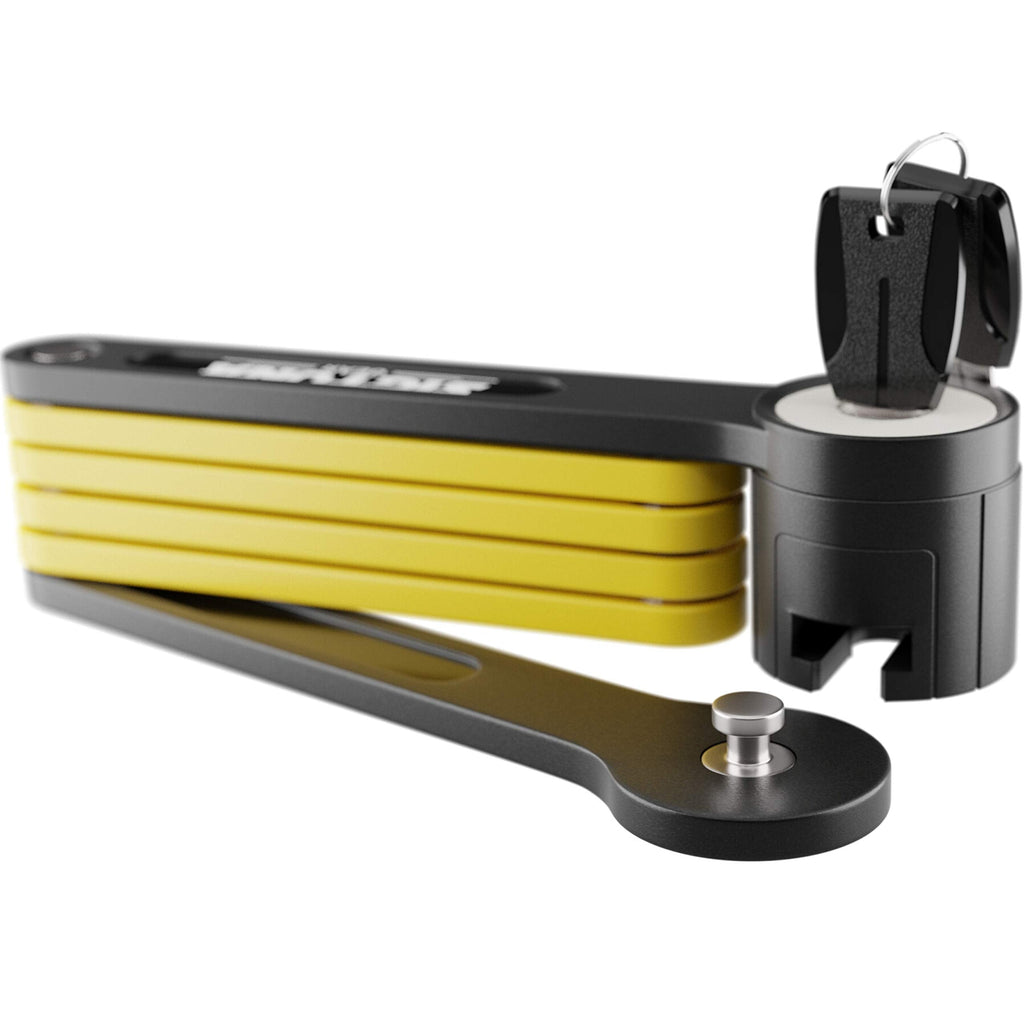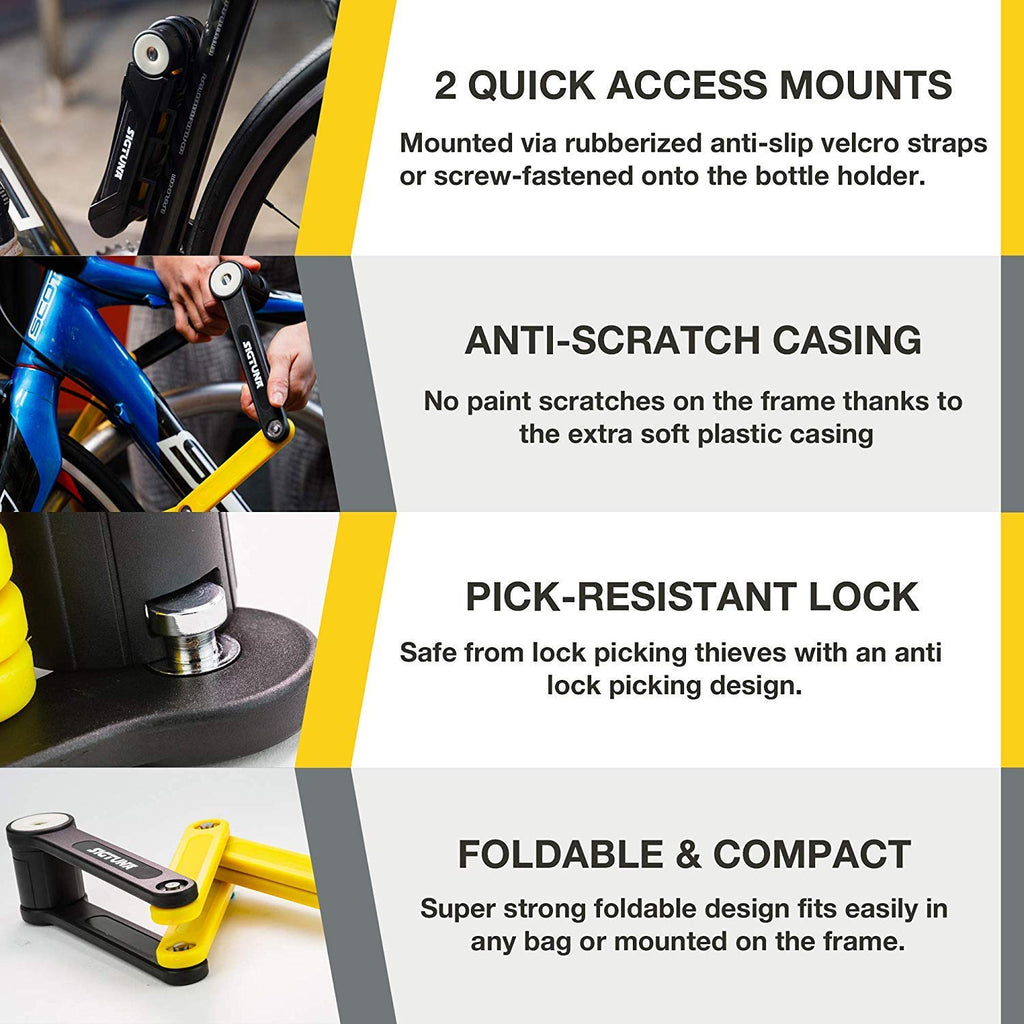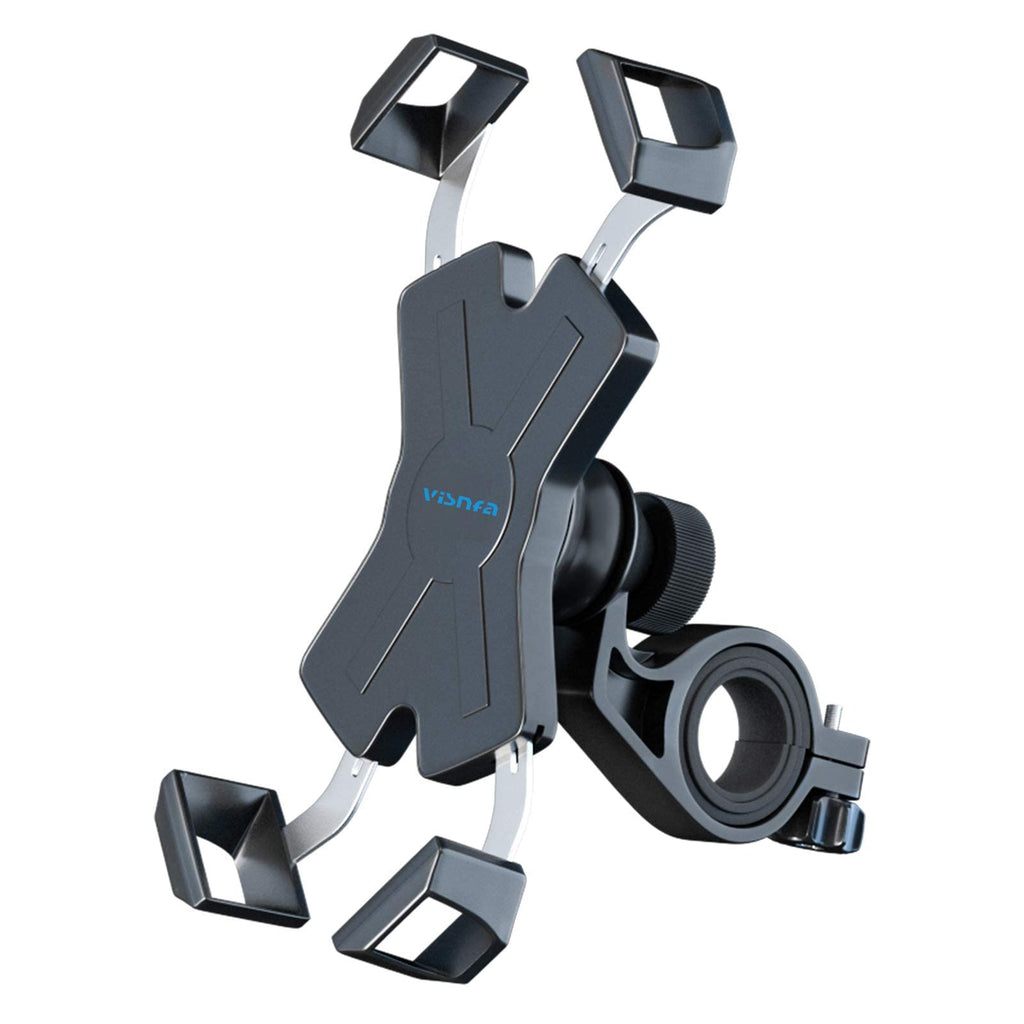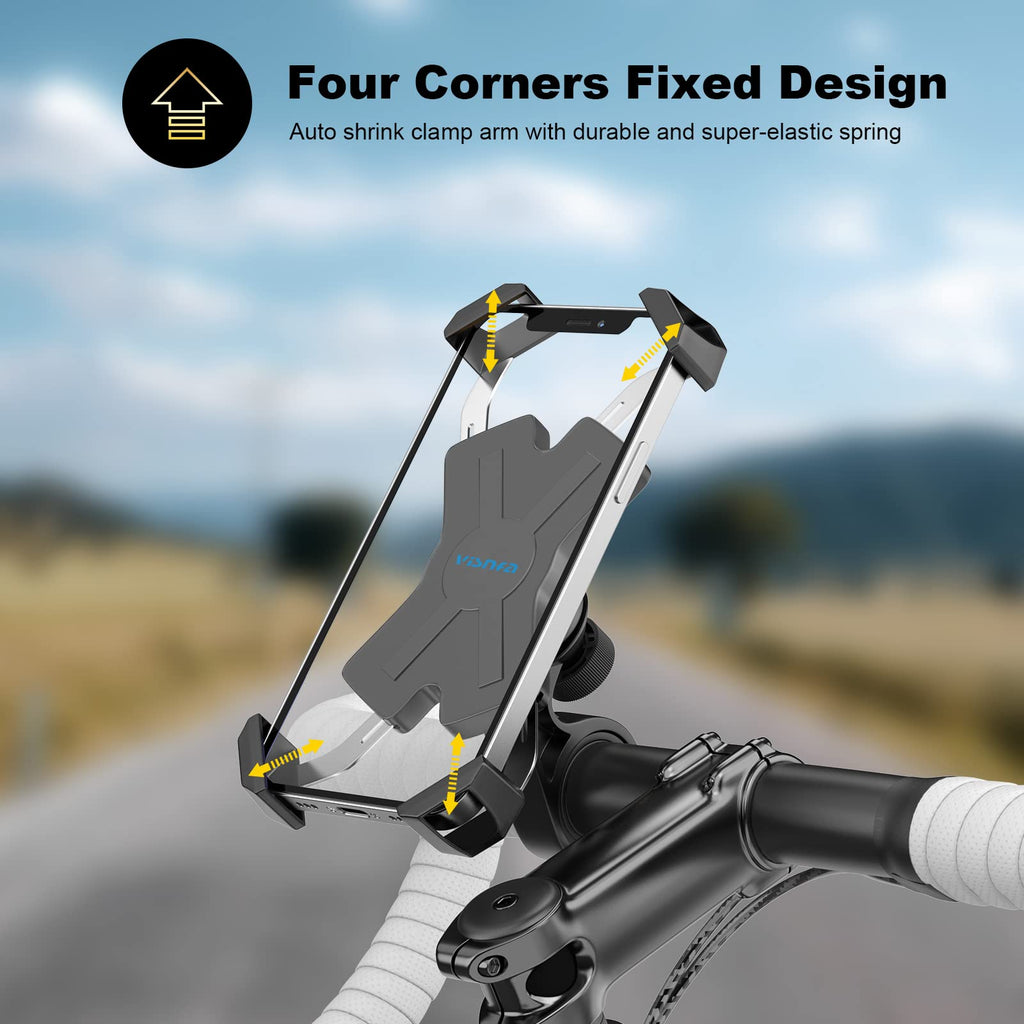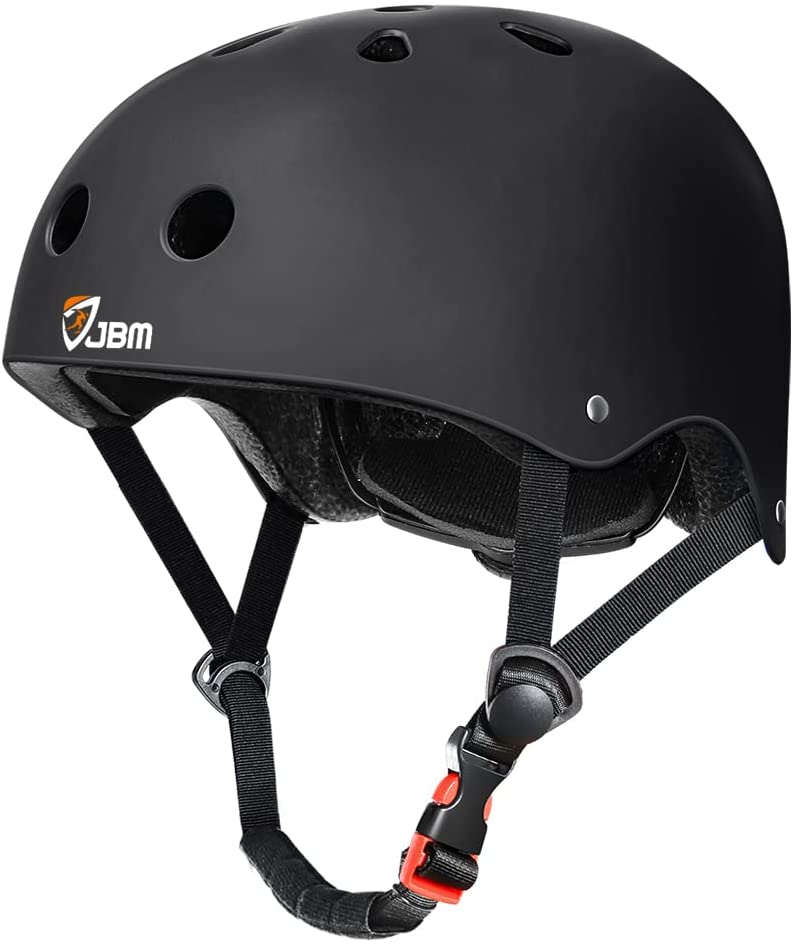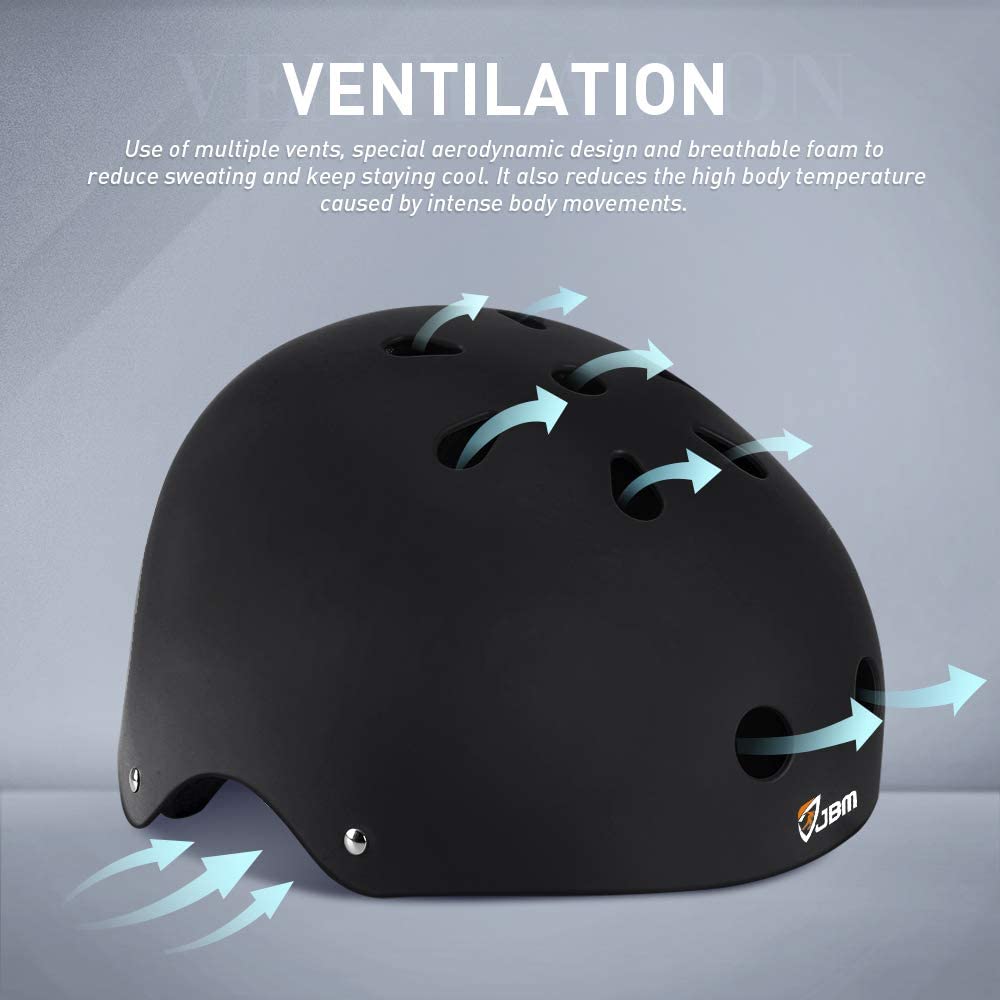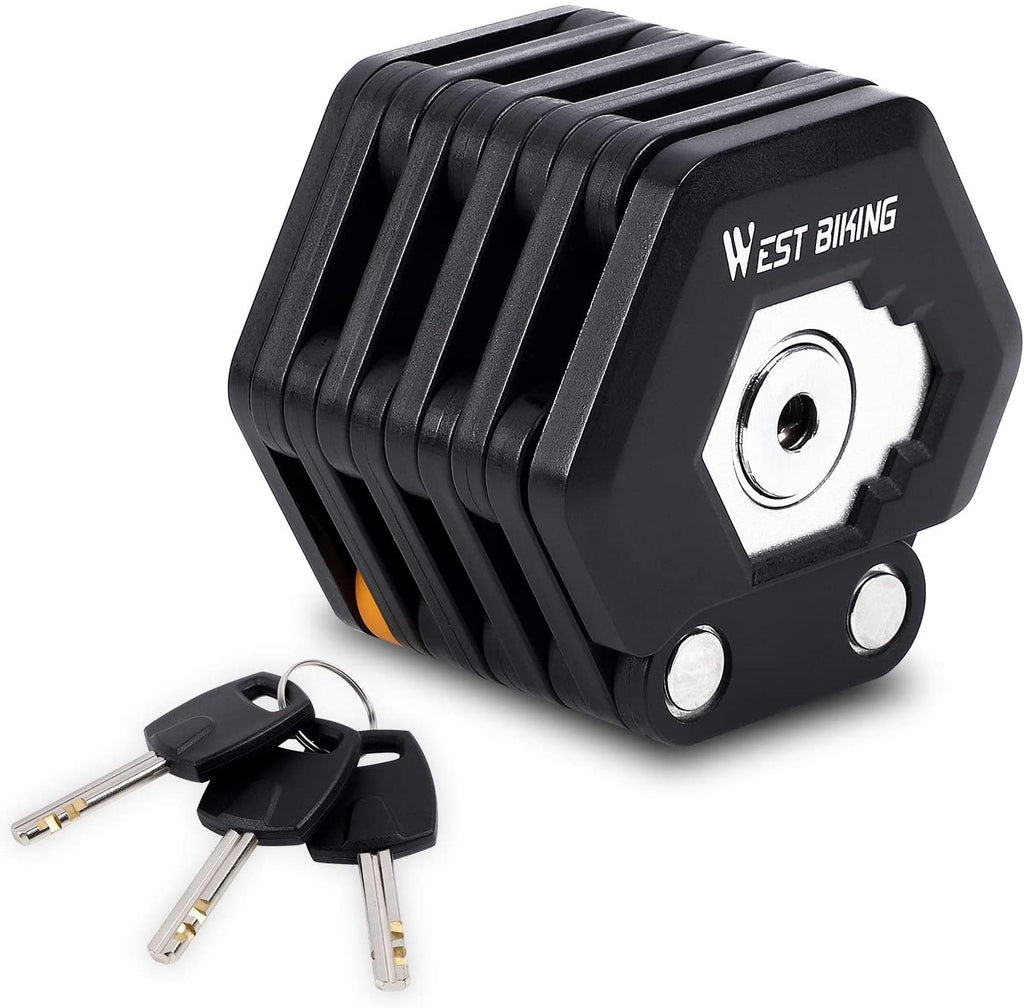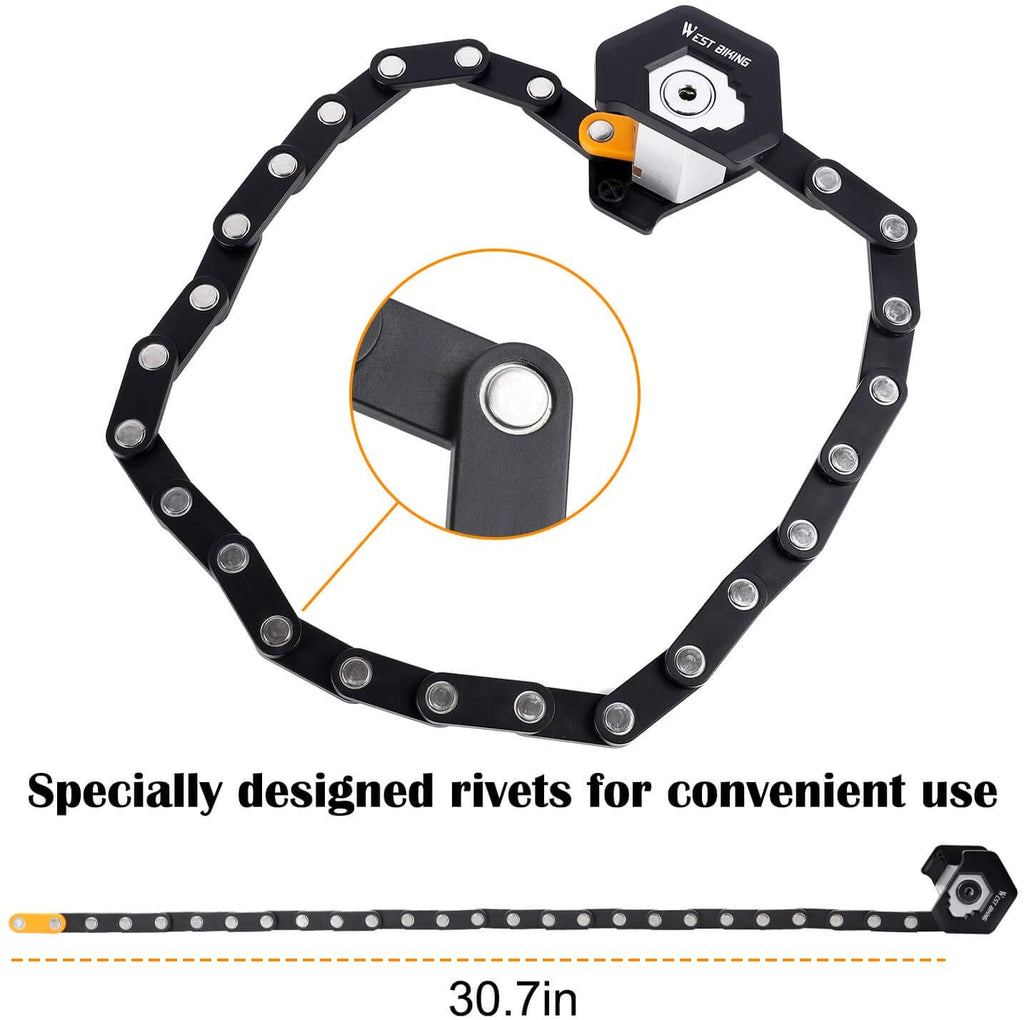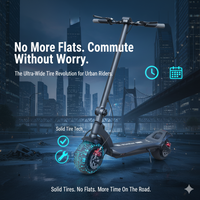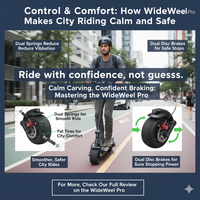30 MPH E-Scooters: Real-World Range per Charge & How to Extend It
Looking at a 30 mph e-scooter (~48 km/h) and wondering what kind of range per charge you’ll actually get? This guide breaks down real-world numbers for popular models, explains how battery size, rider weight, and terrain impact your miles, and offers pro tips to squeeze more distance from every charge. Whether you’re commuting or joyriding, you’ll get both the mph/km/h and mile/km range figures you need—plus actionable tactics that extend battery life without riding in slow motion.
Imagine being halfway to your destination when your electric scooter’s battery suddenly runs low, leaving you stranded or forced to push it manually. This is a frustrating reality for many riders relying on their electric scooters 30 MPH for commuting. Surprisingly, studies show that aggressive acceleration and braking can drain up to 50% more battery power, drastically reducing the range. The promise of convenient, fast, and eco-friendly travel often falls short when the scooter’s range doesn’t meet expectations.
Browsing the article “The Ultimate Guide To Buying 30-Mph E-scooter” will give you comprehensive insights into 30-mph e-scooters.
What Counts as a 30 MPH Electric Scooter
A genuine 30 mph electric scooter reaches and maintains about 48 km/h during actual riding conditions, not merely during peak bursts. These electric scooter range per charge models usually come with motors of 500–1000W, sturdy frames, and responsive brakes to ensure safe support at higher speeds.
They are perfect for:
- Commuters desiring quicker journeys across long stretches
- Riders of greater weight who require stronger torque and stability
- Hilly or mixed terrain where power is more important than portability
These include the Zero 9, 30 mph electric scooter, Mantis 10 Lite, and Wide Wheel Pro, all designed for dependable cruising at 30 mph.
30 MPH Electric Scooter Range per Charge (Real-World)
In real-world conditions, most 30 mph electric scooters deliver between 18 and 30 miles per charge, depending on rider weight, terrain, and speed.
| Model | Top Speed (mph/km/h) | Real-World Range (mi) | Battery (Wh) | Best For |
|---|---|---|---|---|
| Zero 9 | 30 mph / 48 km/h | ~20 mi | 624 Wh | Daily commuting |
| Wide Wheel Pro | 30 mph / 48 km/h | ~22–25 mi | 960 Wh | Comfort + longer range |
| Mantis 10 Lite | 30 mph / 48 km/h | ~18–23 mi | 748 Wh | Quick urban rides |
1. Elements That Alter Range
- Rider Weight – Batteries are depleted more quickly by riders who weigh more.
- Speed – The top speeds reduce the range; cruise in the mid-throttle zone.
- Hills – When you climb, you burn more energy than when you go along flat ground.
- Tire Type and Pressure – Tires that are off-road or underinflated result in greater drag.
- Wind & Temperature – The range is significantly diminished in the presence of cold winds or headwinds.
- Stop-Start Riding – Power is depleted quickly due to frequent braking and rapid acceleration.
2. Need to Know Battery:
In order to maximize your battery life, you first need to understand what type of battery you are using. It will assist in ensuring smooth maintenance and safety.
Usually, there are two types of batteries installed in Electric Scooters:
Lithium-Ion batteries
Lead Acid Batteries
Let's explore them in detail:
Lithium-Ion batteries:
Lithium-ion batteries are much advanced than outdated lead acid batteries. That's why almost all modern 30-mph electric scooters like the Mantis 10 Lite install these. They are renowned because of their following characteristics:
Density Level: They are of high energy density
Weight: They are lighter than lead-acid batteries, up to 60%
Longer battery lifespan: Compared to lead-acid ones, they last 10 times longer, about 500 - 1000 charge cycles.
They are rapidly making their name in the market due to their efficiencies, charging functionalities, and extended durability.
Lead-Acid batteries
Lead-acid batteries are outdated because of their heavy weight and portability. However, they are cheaper. In comparison to lithium-ion batteries, they offer a short lifespan and longer charging time.
Moreover, they need to be stored in a cool and dry place, with full charging. As it can decrease their capacity and cause sulfation.
Facts: The battery capacity of lead-acid batteries is 200-300 full charge- discharge cycles. After that, it starts to decline, as reported by Battery University.
Pro Tips for Increasing the Range and Long-Lasting Battery of a 30 MPH E-Scooter
Below are the recommended practices to extend your battery and range's lifespan and range. As you know, over time, you can lose up to a 30% range due to battery degradation, as stated by Battery University. Hence, follow these recommendations and improve your battery’s efficiency.
1- Charging Tips
Properly Charge Your Battery
It is crucial to charge the best electric scooter 30 mph properly. The way you charge will determine the condition of your battery health. It is recommended to charge your electric scooter to its full capacity regularly.
Research: Try not to let it drop below 20%. Due to deep cycling, your battery lifespan and range can be reduced by up to 50%, as per the Grepow report.
Use the Right Charger
It is best to use the charger offered by the manufacturer. If not, then try the one that is manufacturer-approved. You can also look in the market for the appropriate charging cable that is specifically designed for your 30-mph e-scooter’s model. Cable’s compatibility matters a lot as they can damage your battery or create irregular charging patterns.
Research indicates that charging with incompatible power sources can reduce battery efficiency by 15-20% over time, as reported by Battery University.
Charge at Room Temperature
Preferably charge a 30 mph e-scooter indoors at room temperature (60-77°F or 15-25°C) or in a moderate temperature environment. Extremely hot or cold temperatures can potentially harm your battery's performance and lifespan.
As per Energy.gov, Studies suggest that charging lithium-ion batteries in temperatures below 32°F (0°C) can reduce efficiency by up to 40%, while excessive heat (above 95°F or 35°C) accelerates degradation.
If you notice your 30-mph e-scooter, like the Mantis X Plus, being extremely hot after a ride, do not charge it. Instead, let it cool down first.
Avoid overcharging
Don't overcharge your electric scooter because it can cause battery degradation. Most 30-mph electric scooters have built-in mechanisms to prevent overcharging, but it's still important to unplug the charger once the battery is fully charged, just in case.
Why?
Heat generation: Excess heat buildup weakens internal components, leading to reduced efficiency.
Chemical imbalance: Chemical imbalance from overcharging disrupts the ion flow, potentially causing lithium plating and even short circuits.
Capacity loss. Over time, this stress leads to capacity loss, shortening battery life and reducing range. Research shows that overcharged lithium-ion batteries lose capacity 2x faster than properly charged ones.
Safety Threats: Worst of all, continuous overcharging increases safety risks, including overheating, swelling, or even fire hazards, as stated by Battery University.
2- Storage Tips
Battery University Studies show that lithium-ion batteries left in improper storage conditions can lose up to 20% of their capacity per year. If you plan not to use your 30 mph e-scooter for an extended period or daily, then follow the below storage suggestions:
Charge the Battery to Around 50%
Before storing your 30-mph electric scooter, charge the battery to around 50% of its capacity. This helps prevent self-discharge during storage while ensuring the battery is not under stress.
IEEE Xplore Research suggests that batteries stored at 100% charge lose capacity 2x faster than those stored at 50%.
Battery Maintenance During Storage
During storage, it's a good practice to periodically check the battery's charge level after every 1-2 months. Also, try to briefly charge it back to around 50% capacity. This helps prevent the battery from falling into a deeply discharged state, which can be detrimental to its overall health.
Proper Storage Temperature
Find a suitable storage location for your electric scooter, one that is cool and dry. It is best if the temperature is between 20°C and 25°C (68°F to 77°F). Avoid storing the scooter in areas with extreme temperature fluctuations or high humidity levels, as these conditions can negatively impact the battery's performance and lifespan.
Remove Accessories and Securely Store
If your electric scooter has detachable accessories such as baskets, lights, or bags, remove them before storage. To avoid any type of damage, try to safely store these accessories separately. (Sourced by: Levy Electric).
3- Handling Tips
According to the Battery University research, the physical impacts and poor or loose connections reduce almost 15% of the working efficiency and also increase safety risks. To sustain your e-scooter battery for a long time, there are some ways to handle it properly:
Avoid the Battery From Physical Damage
Avoid rough handling and knocks to get rid of physical damage. Make sure to secure the battery in the e-scooter's compartment to protect it from harsh vibrations that can result in poor integrity.
Research Insights: According to the IEEE Xplore, the excessive vibrations accelerate wear on battery components, leading to reduced lifespan and increased failure rates.
Point to Think: Battery dropouts and hard striking can lead to damage to its internal components and cause a fire hazard.
Inspect Battery Connections:
Frequently, one must check the battery connections like plugs and ensure they are safe. Otherwise, the loose connection may cause power leakage of almost 20% and result in a bad e-scooter’s efficiency.
In energy-powered devices like e-scooters, 30% of power losses are due to loose connections, as per a Study by the IEEE.
4- Best Tips for Long-Lasting Battery Life
Regular maintenance
As per the Battery University study, battery efficiency drops up to 30% over time because of poor maintenance. Below are some tips to make the battery last for a long time.
Clean the Battery Regularly
For the durability of your e-scooter’s battery, wipe the battery with a soft and smooth cloth and detach any dirt and debris.
A study by the NERL reports that regular maintenance prolongs the battery by up to 20%.
Make sure to keep a regular maintenance of e-scooter for reduced heat dissipation, which is a cause of 50% power failure.
Consider the Weight Capacity:
Surpassing the weight capacity by more than 265 lbs can put a strain and burden on the battery, causing a bad performance and battery dropouts. Don’t overload the 30-mph e-scooter with non-essential accessories, which may lead to poor efficiency.
Facts: As per a study by Energy.gov, an extra 10 lbs in each recommended weight capacity can reduce the battery effectiveness up to 5%.
5- Promote Riding Tactics
By following these riding habits, you can enhance the battery capacity of your e-scooter to cover a maximum distance.
I. Choose Riding Routes
Before riding on your fast 30-mph Mantis 10 Lite e-scooter, plan your riding routes accordingly to preserve battery usage. It is recommended to ride on the terrains with smooth and little hill-inclines and fewer stops and start spots.
Facts: As per IEEE Xplore Studies, the smoother and convenient routes enhance the range by up to 20%.
Point to Remember: Keep avoiding riding on heavy traffic roads or frequent traffic lights that need mostly acceleration and deceleration.
II. Avoid Frequent Fast Accelerations
Increased acceleration requires a lot of power and energy from the battery, resulting in rapid energy consumption up to 50%. Gradual and smooth acceleration helps save more power from the battery.
III. Be Careful about Braking:
Frequent and sudden braking can waste energy and minimize battery efficiency. Familiarize yourself with traffic situations and employ gentle stopping power when possible.
Research Report: Research Gate states that many high-technology 30-mph e-scooters like Mantis 8 have regenerative braking, which can acquire 5-10% of lost energy, enabling them to use it when possible.
IV. Employ Eco Mode:
Many advanced models of electric scooter over 30 mph like the Wide Wheel Pro scooter are equipped with eco-mode or energy-saving modes. These modes resist the power output and top speed, enhancing the battery’s performance and efficiency.
Research Study: RiderGuide states that using eco-mode can prolong the range by up to 30%, especiallywhen riding for shorter distances and in areas with minimal traffic.
V. Controlling the Right Tire Pressure:
Maintaining the right tire pressure ensures the battery's safety and high performance. Keep checking the tire pressure regularly and inflate the tires as much as needed. Properly inflated tires minimize the rolling resistance, assisting in enhanced battery life.
Research Insights: As per Michelin's study, keeping tires at the recommended PSI can enhance the range by approximately 15%.
How Long Does An E-scooter Battery Last?
Electric scooter batteries can bear up to 300 to 500 charge cycles before their capacity starts diminishing, commonly lasting one to three years or 3,000 to 1,000 miles. A decrease in battery capacity does not mean an instant replacement; rather, the battery will hold less charge, leading to reduced power and range.
While battery capacity is fixed, its longevity depends on how well you take care of it. Regular maintenance and mindful charging practices can enable the e-scooter to cover 500 cycles rather than 300, ensuring smooth performance and convenience.
Wrapping Up: Maximizing Your Range by Maintaining Battery Life
Maintaining and caring for electric scooters that go up to 30 mph is essential to maximizing their battery lifespan and ensuring a convenient and smooth ride. By implementing these smart practices and managing your battery’s health, you can zip through the city with freedom at its best performance.
Reliable e-scooter dealers offer a vast range of 30-mph e-scooters fitted with advanced battery technologies. Browse our ideal e-scooter collection at official websites that meet your standards and needs. Come and join us to find your fast e-scooters, 30 MPH, that support your journey towards eco-friendly commutes.
FAQs
1. What is the distance an electric scooter travelling at 30 mph can cover on a single charge?
In practical use, most 30 mph scooters can cover a distance of 18 to 30 miles (29 to 48 km) on a single charge. The result is heavily influenced by aspects such as the rider's weight, the terrain, and the speed.
2. Which 30 mph e-scooter offers the best range in practical use?
The Wide Wheel Pro provides one of the finest ranges in its category, covering approximately 22–25 miles on a single charge.
3. What battery capacity (Wh) is required for a 20-mile commute?
Assuming average rider weight and moderate speed, a battery with a capacity of 700–900 Wh will be necessary.
4. Is the range shorter for heavier riders on a 30 mph scooter?
Yes, riders who are heavier generally experience a range reduction of 10–25% due to the heightened energy requirements.
